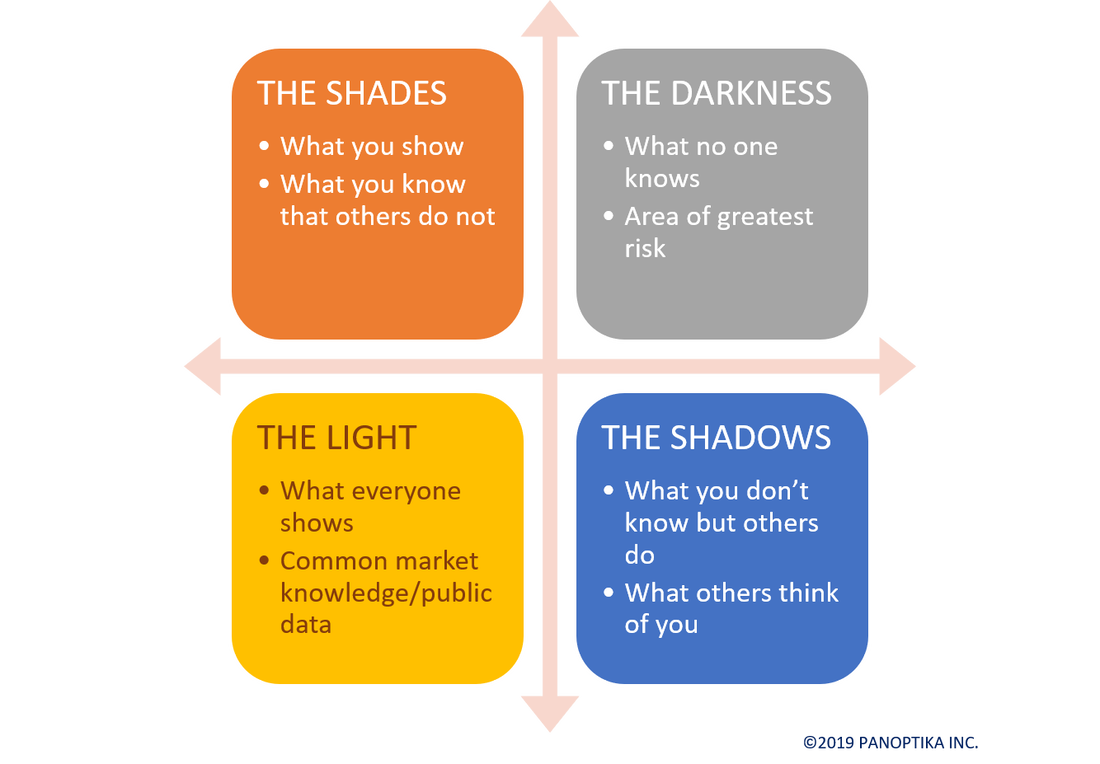What about energized, excited, or enthusiastic?
Last summer, I spent several weeks working with a client to get ready for an important strategy session. They know there are big shifts looming on the horizon, and they want to be ready. They’ve done the right thing by taking a proactive approach, and they’ve been looking at data, exploring potential outcomes, and discussing “how might we” scenarios. Yet suddenly, in the midst of a session with outside partners, key team members, and even an advisor from head office, they weren’t making headway. Someone said, “Let’s change the focus entirely!”
Now there are times when this might just be a tactic to avoid hard conversations, but in this case, it was because they realized they were looking at the problem through the wrong lens. Their problem definition was out of whack, and they got clarity on this because they had everyone in the room, and because they weren’t so married to the facilitation method they had chosen, that they kept trying to force-fit solutions to the wrong problem. Once they stepped back and framed the challenge in a new way, they were able to very quickly devine the realm of possible scenarios, determine how they could respond to these in their own favour, and what proactive steps they could take right now, to get ready for the most likely eventualities.
The change in energy in the room at the end of the day was palpable. And as a facilitator, it was a pretty spectacular ending for me, as well.
I’m Megann Willson, and I’m one of the Partners here at PANOPTIKA. We work with our clients to see everything they need to know to make better decisions, so they can find, understand, and keep their customers. You can find Partner Steve Willson and I on LinkedIn, Twitter, or Facebook. If you’d like more insights delivered to your inbox, or help facilitating your upcoming strategy session, click the button below and sign up for our insiders’ circle. You’ll be glad you did.










